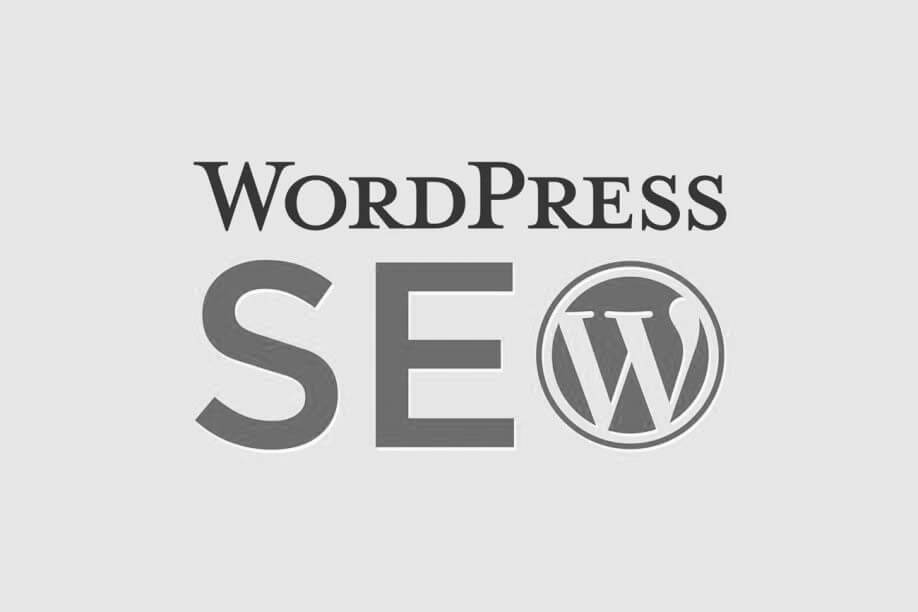In the digital era, having well-optimized WordPress sites is crucial for visibility and success. Integrating SEO best practices into my projects has significantly boosted search engine rankings, driven organic traffic, and enhanced user experience. Here’s a concise guide to how I seamlessly incorporate SEO strategies.
1. Choosing the Right SEO Plugin
I start by selecting a reliable SEO plugin. Popular choices include Yoast SEO and Rank Math. These plugins offer essential features like XML sitemaps, meta tags, keyword optimization, and content analysis.
2. Optimizing My Content
Content is king in SEO. I ensure my content is high-quality, relevant, and engaging. I use keyword research tools to find relevant keywords and incorporate them naturally into my content. Focusing on long-tail keywords helps target specific audiences.
3. Using SEO-Friendly URLs
Creating clean, descriptive, and SEO-friendly URLs is essential. I avoid using long, complex URLs with unnecessary characters. A good URL structure improves readability and search engine crawling.
4. Enhancing Meta Descriptions and Titles
Crafting compelling meta descriptions and titles for my posts and pages is crucial. These elements are vital for search engine visibility and click-through rates. I make sure they are concise, informative, and contain my primary keywords.
5. Optimizing Images
Images play a vital role in enhancing user experience and SEO. I compress images to reduce load times, use descriptive file names, and add alt text with relevant keywords. This not only improves page speed but also aids in image search rankings.
6. Improving Site Speed
Page speed is a critical ranking factor. I use caching plugins like WP Rocket/LiteSpeed Cache, optimize my database, and leverage a content delivery network (CDN) to improve load times. Regularly testing my site speed using tools like Google PageSpeed Insights ensures optimal performance.
7. Mobile Optimization
With the increasing use of mobile devices, ensuring my sites are mobile-friendly is essential. I use responsive design, optimize for mobile speed, and test my sites’ mobile usability. Google’s Mobile-Friendly Test tool is helpful in this process.
8. Internal and External Linking
Linking to other relevant pages within my sites (internal linking) improves navigation and user experience. Additionally, linking to authoritative external sources provides value and context to my content. This enhances credibility and SEO.
9. Regularly Updating Content
Search engines favor fresh and updated content. I regularly review and update my existing posts to keep them relevant. Adding new information, updating keywords, and fixing broken links maintains content quality.
10. Monitoring and Analyzing Performance
Using tools like Google Analytics and Google Search Console helps me monitor my sites’ performance. Analyzing traffic sources, user behavior, and keyword rankings provides insights that help refine my SEO strategies and improve results.
By implementing these SEO best practices, I have significantly enhanced my WordPress sites’ visibility, attracted more organic traffic, and provided a better user experience. Staying updated with the latest SEO trends and continuously optimizing my sites helps maintain a competitive edge.



